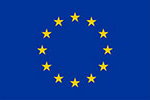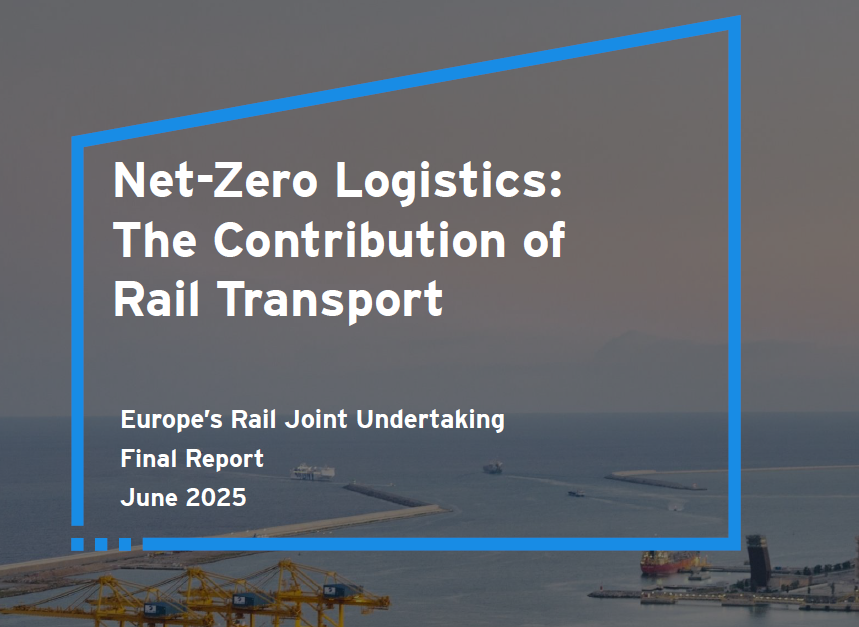Europe must take decisive steps to simplify and modernise its rail systems to strengthen competitiveness,...
How the EU-Rail Deployment Group is accelerating the harmonised implementation of a single European railway network
Europe’s Rail is helping build the high-capacity integrated European railway network of the future, and we’re doing so by connecting sub-system innovation with a future-proofed system architecture and common operational measures.
Whereas the development of innovative rail solutions is pushed by the EU-Rail Innovation Pillar and its numerous research projects, the architectural and harmonisation elements are developed by the EU-Rail System Pillar.
But between these two pillars sits a significant gap, a ‘valley of death’ where successful research and new system concepts can often go to die.
“We have what we need – the solutions and the architecture – the question is how do we put the two together to be able to quickly implement them in a coordinated and harmonised way,” says Karel van Gils, Seconded National Expert at Europe’s Rail.
Answering this question is the EU-Rail Deployment Group, which is accelerating the implementation of EU-Rail’s research, solutions, and systems across a variety of rail companies and European countries.
A new way of thinking – and working
According to van Gils, while the rail sector focusses on day-to-day operations and excels at investigating, innovating and improving specifications, assets and products, figuring out how to implement this work tends to be more of an afterthought.
In the past, this lack of a common framework, enabled by European-level Joint Undertakings, resulted in a patchwork of systems, as the various signalling and on-board systems currently found across Europe. It is also why rail has been slow to implement new digitalised systems for traffic management, automatic rail freight operations or the use of robotics for construction works, amongst others.
“As R&D engineers, we tend to over develop and over test, but with old systems quickly becoming obsolete and a rapid need to increase digitalisation, we don’t always have the luxury of time,” says van Gils. “If we want to succeed at making Europe’s rail fit for the future, we have to start accelerating the pace that we implement our innovations and systems – and we need to do this in a coordinated way.”
But making the shift from research and innovation to implementation requires a change in how the sector thinks and works. By bringing together a range of rail stakeholders, including senior managers, associations and unions, the Deployment Group aims to be that new way of thinking.
“Building a single European railway area can’t be achieved by a single company or in a single country – it has to happen at the European level,” adds van Gils. “The Deployment Group is designed to coordinate – and accelerate – the harmonised implementation of our systems and solutions across Europe.”
Specifically, the Deployment Group is tasked with delivering recommendations to the EU-Rail Governing Board on what needs to be considered and/or done to deploy the JU’s innovative solutions and architecture. Working on an as-needed basis, this work could include facilitating European migration plans and purchasing and timing strategies, along with conducting analyses on funding and financing needs and industrial capacity.
“EU-Rail’s way of innovative working guarantees a strong focus on prototyping and large-scale demonstrations,” explains van Gils. “By establishing this third ‘Deployment Pillar’, it can now also achieve faster and more coordinated implementation, ensuring that our innovation has its intended impact.”
Towards implementing the FRMCS
To illustrate what this new approach could look like in practice, van Gils points to the implementation of the Future Radio Mobile Communications System (FRMCS). The successor of the Global System for Mobile Communications – Railway (GSM-R), FRMCS is a key enabler of the digitalisation of rail transport. It is also the Deployment Group’s inaugural topic.
Designed over two decades ago, GSM-R is a 2G+ based system that is deployed on more than 130,000 kilometres of track in Europe. But as rail becomes increasingly digital and automated, it needs to be able to transmit, receive and use large volumes of data, and the legacy GSM-R system simply cannot keep up. That’s why it will be gradually phased out in the coming years and replaced with this new communication system, which is IP-based and will initially use 5G connectivity.
“Deploying FRMCS in infrastructure and vehicles across Europe in such a short timeframe is a big challenge – one that will require both a strategic approach and practical arrangements to speed up its deployment,” says van Gils.
As van Gils explains, from the work of the International Union of Railways’ (UIC) FRMCS programme, the solution is fast approaching specifications and a test and validation phase. “Now, with the Deployment Group, we have a coordination body to actually enable the implementation of FRMCS both quickly and on a large scale,” he says.
While the Deployment Group will coordinate the work, the actual implementation is the responsibility of the operating companies and infrastructure managers.
As a unique forum for discussing the coordinated deployment of European FRMCS, the Group will start by providing a comprehensive overview of the current plans for transitioning Europe’s railway telecommunications. This will include looking at everything from fleet to infrastructure, IT and telecom assets and should encompass current retrofit and investment plans and migration scenarios for infrastructure and onboard assets. In addition to the various tests and demonstrations carried out by EU-Rail and other EU or national funded projects, national implementation plans from Member States will serve as a key input to this work.
The Group can also conduct an analysis of the costs, funding and financing required, along with look at the need for a coordinated, EU-wide deployment process. Furthermore, it will address possibilities for adapting/fitting in the current regulatory framework – a process that will include assessing how vehicles and tracks equipped with FRMCS can be promptly authorised.
“In the past, the rail technology would have gotten locked at the defined and proven technology level, which is why today we find ourselves holding 3G, 4G and 5G solutions but rail still operating on an essentially 2G-based system,” adds van Gils. “The Deployment Group not only ensures that we implement our 5G solutions, but when the time comes, we have the knowledge and possibility to rapidly move to 6G, 7G and beyond.”
It’s time to go from talking and testing to implementing
Beyond FRMCS, van Gils foresees the Deployment Group taking up challenges like accelerating the implementation of harmonised solutions at the system level. For example, in the near future, several (digital) transformations will find their way into the rail sector. These will include new safety systems, telecommunication systems, train position systems, and digitalised automated coupling for freight trains, to name but a few.
Instead of taking a siloed approach to these transformations – an approach that has had huge consequences on the technical alignment of risks and out-of-service timeslots – the Deployment Group could enable a coordinated approach that minimises costs and reduces the burden on passengers and shippers.
According to van Gils, such a high level, risk-based analyses and coordination could speed up implementation and have a net positive effect for EU-Rail’s clients, including the establishment of a Single European Railway Area.
“Achieving innovations and new systems required us to develop specifications through talking and testing, but now it’s time we also start accelerating the process of implementing the integrated railway of the future,” he concludes. “The Deployment Group is a very big step towards doing exactly that.”

















